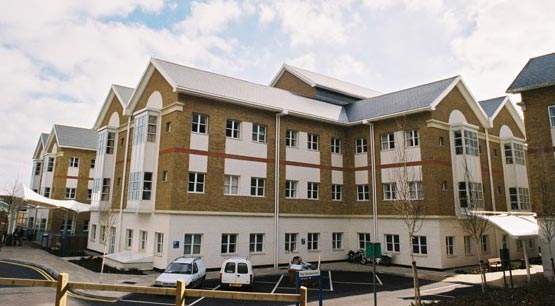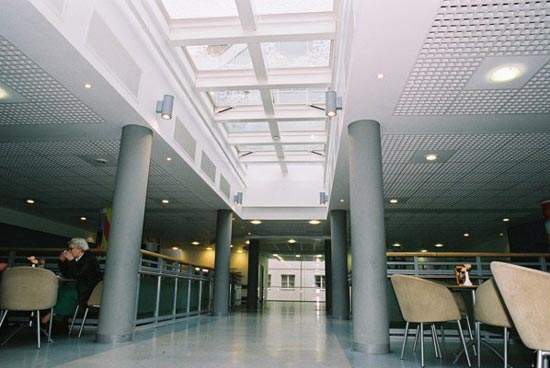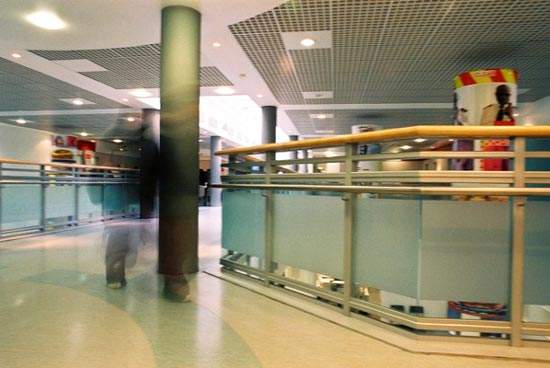Built by the Barnet and Chase Farm NHS trust in 2002, Barnet Hospital was officially opened in February 2003. The hospital was launched in some controversy was it was constructed after the controversial closure of the local Edgware Hospital.
The 459-bed hospital was built under the Government’s Private Finance Initiative (PFI). Work on proposals for the new facility originally began way back in 1995 but contracts were not signed until four years later.
PFI HOSPITAL
The new hospital cost £40 million and replaced an earlier Victorian building which had undergone rapid expansion in World War 1. Overcrowded and prefabricated, the need for a new hospital was felt to be urgent.
The original preferred bidder, Dutch company HBG, pulled out of the deal, leaving project managers Cyril Streett urgently in need of a replacement. Eventually it chose the Metier consortium.
HOSPITAL IT EQUIPMENT
Bouygues together with Siemens formed the Metier consortium. Siemens was responsible for updating IT equipment at Barnet for the next 33 years. It had already helped overhaul accounting systems at the Wellhouse Trust and signed a similar but smaller PFI deal at Lanarkshire in Scotland.
Bouygues was a Paris-based conglomerate with interests in construction, telecom and TV. It built the hospital and its subsidiary, Ecovert, now manages the building and grounds maintenance services.
FINANCING BARNET HOSPITAL
The bankers, De Nationale Investeringsbank N.V. (DNIB) and Dexia Project & Public Finance International Bank (Dexia), jointly arranged and underwrote a £45 million senior debt facility for Metier with a tenure of 25 years. DNIB has provided a 25-year fixed rate swap to ensure that the debt is fully hedged against interest rate risk throughout the term. DNIB will act as Agent Bank and Dexia as Technical Bank. The Banks’ legal adviser on the transaction was Wilde Sapte.
HOSPITAL CONSTRUCTION
The building at Barnet took place in two phases. The first was delivered through public funding of £30 million and was completed in 1997. The PFI building was added on to the public finance structure. Phase 1 construction consisted of, among others, the operating department, A&E, maternity, radiology and wards. Phase 2 included coronary care unit, pathology department, remaining wards, the cardiology department and the IT centre.
The structure went up quickly. Bouygues used a concrete frame on which the brick wall is built, reducing construction time. It also added value coming in at £1,200 per square metre as compared to the modern average of £1,500.
The Hospital was built on budget and transferred weeks before schedule. Only one major defect since, ingress of water into the building’s undercroft, has caused problems. The trust says a solution to this has been agreed with Ecovert.
REACTION TO BARNET HOSPITAL
Since opening, the Hospital has unfortunately been subject to controversy. One journalist claimed that the wards were badly designed and “not at all patient-friendly, particularly if you were bed-bound. It was impossible to reach anything from the bed, requiring constant calls upon the staff. Toilets and washing facilities were a long way from the wards (when you have walking difficulties) and were badly designed once there.”
It has also been said that the hospital has a capacity problem. The new building contains fewer beds than the facilities it replaced. The trust also struggles with very high occupancy levels, with more beds open than are funded.
Further, the trust’s director of finance is projecting a year-end deficit of £1.4 million, however the year-end position cold be as adverse as £2.5 million.




